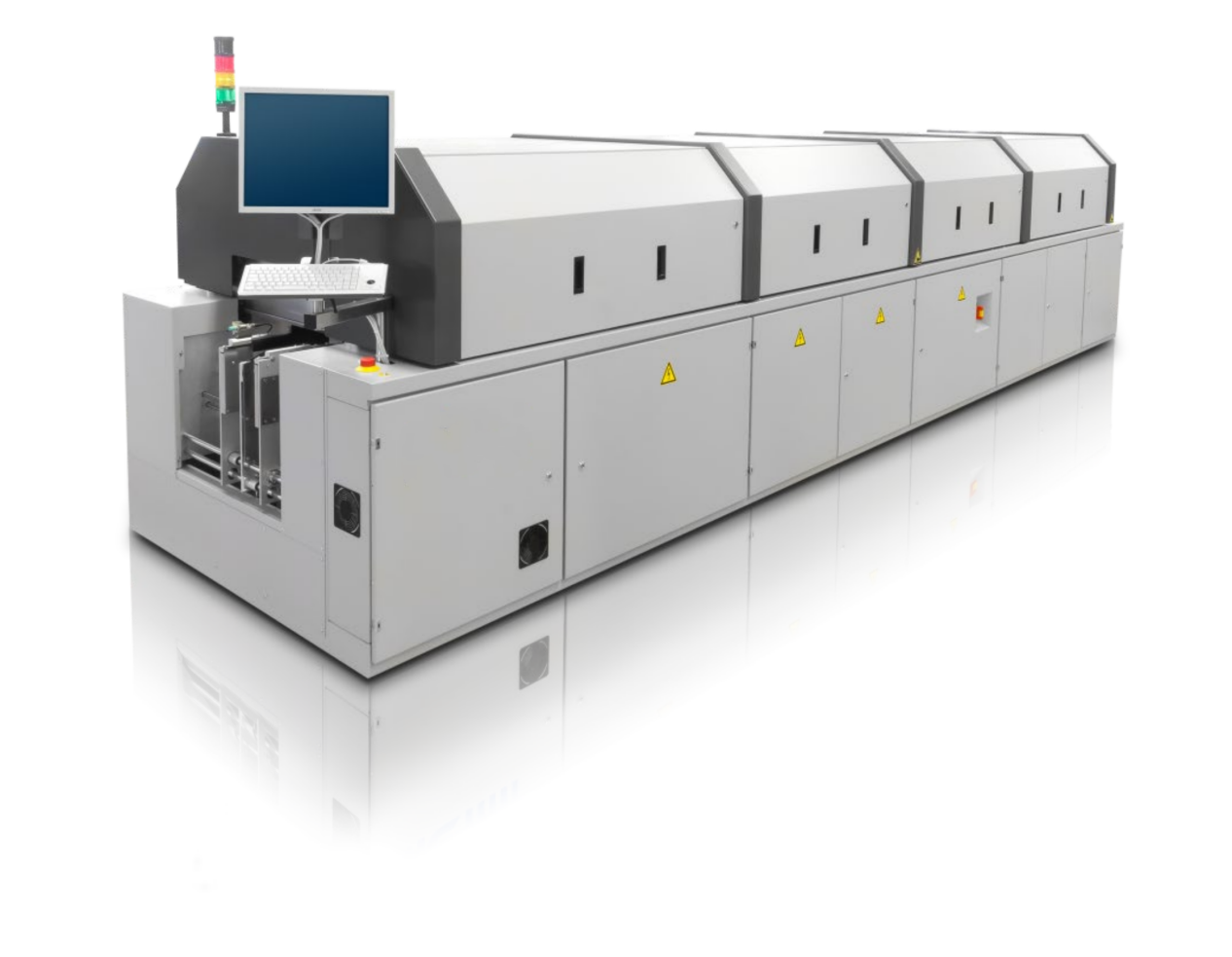What is the function of reflow soldering temperature curve
Release time:2024-07-17Publisher:Jeenoce
The reflow soldering temperature curve is a chart that records the temperature changes of a PCB printed circuit board during the reflow soldering process. It can provide useful information to help engineers and technicians optimize the PCB reflow soldering process, ensuring optimal quality and performance. JEENOCE shares three functions of reflow soldering temperature curve:
1. Understanding the reflow soldering process: The reflow soldering temperature curve can help engineers understand the temperature changes throughout the entire reflow soldering process. This is very important for optimizing reflow soldering parameters, detecting soldering defects, and other aspects.

2. Verify reflow soldering parameters: The reflow soldering temperature curve can help engineers verify whether the reflow soldering parameters meet the design requirements, such as soldering temperature, time, cooling rate, etc. If the parameters are incorrect, engineers can make targeted adjustments to ensure the quality and performance of reflow soldering.
3. Check for reflow soldering defects: The reflow soldering temperature curve can help engineers detect reflow soldering defects, such as high or low reflow soldering temperature, insufficient reflow soldering time, etc. These defects may lead to issues such as solder joint cracking and failure. By analyzing the reflow soldering temperature curve, these problems can be identified and resolved in a timely manner.
In summary, the reflow soldering temperature curve plays an important role in improving the quality and performance of PCB reflow soldering processes, helping engineers optimize reflow soldering parameters, detect and solve reflow soldering defects.

